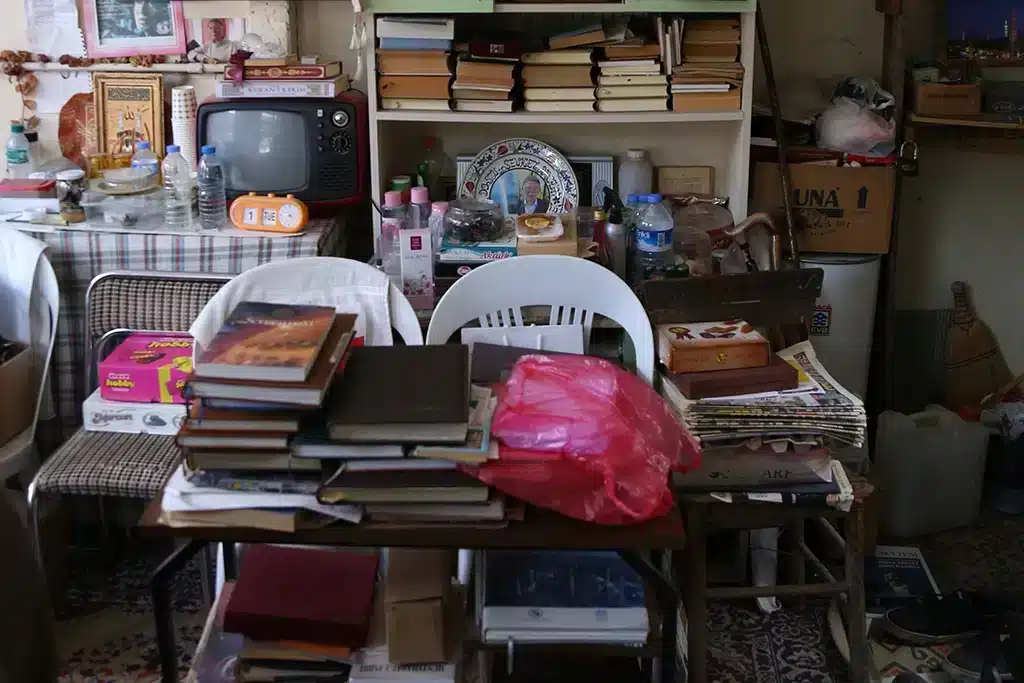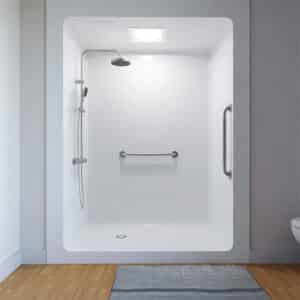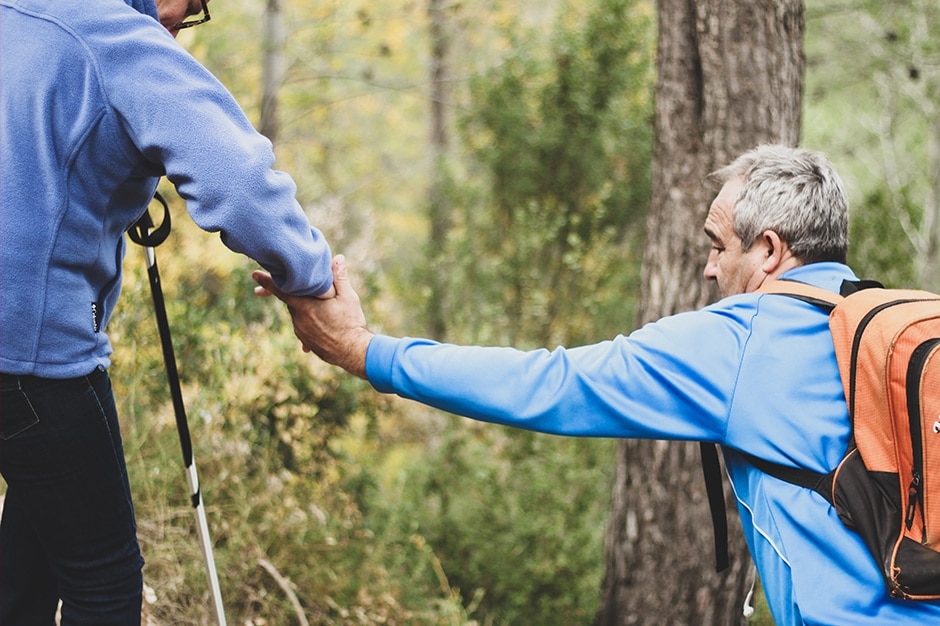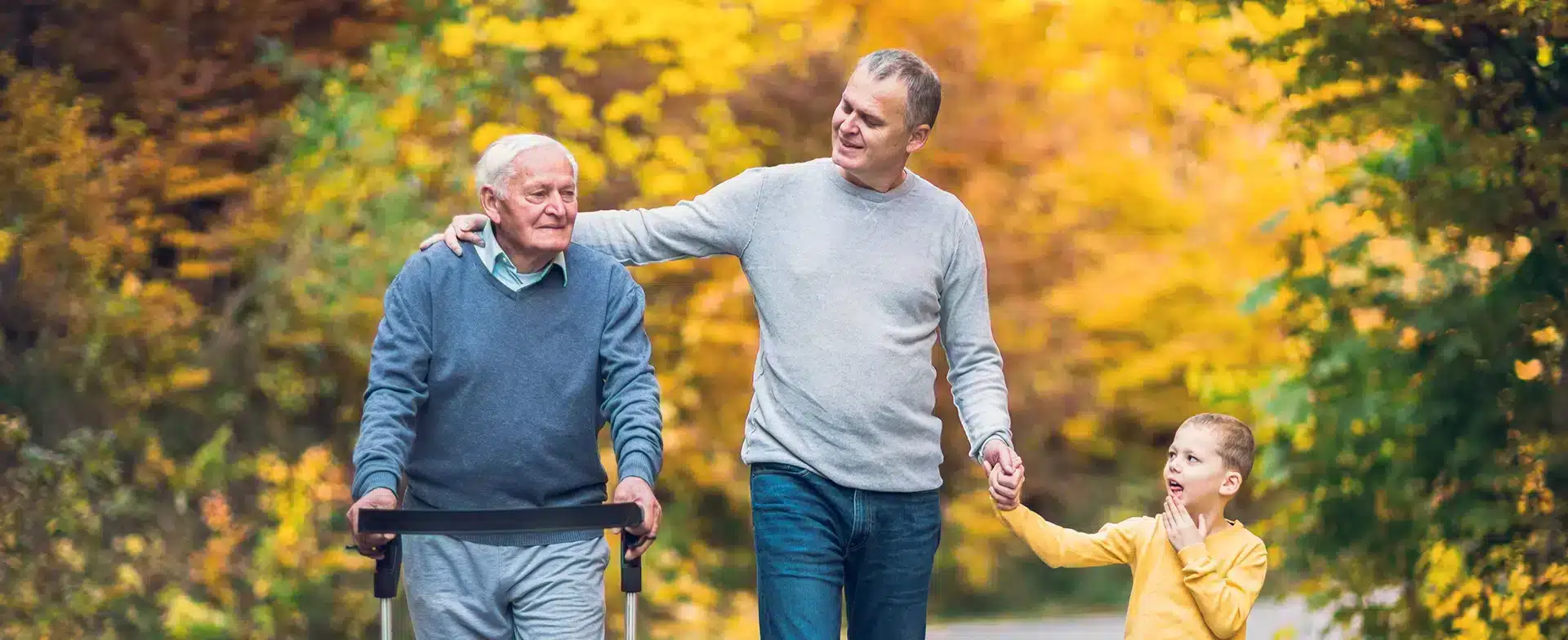Identifying safety hazards in the home
As your loved ones age, their homes may become less safe for a variety of reasons, including mobility issues, poor eyesight, and cognitive decline. These factors can make living independently more challenging and increase the risk of accidents and injuries. To keep your older loved one safe and well, pay attention to their living space and take proactive measures to maintain a secure home. In this article, we will explore common signs that may indicate potential risks within an older adult’s living space.
Clutter and Safety Hazards
Piles of newspapers, magazines, or other objects scattered throughout the living area can create tripping hazards and limit mobility. Watch out for cluttered pathways, hallways, and staircases, as well as loose rugs or cords, slippery floors, and wet areas.
To address these issues, encourage regular decluttering and provide organizational solutions such as storage boxes and cabinets to prevent accidents. Consider hiring a housekeeper every week if your loved one faces challenges with balance and mobility, making performing household chores more difficult.
Ensure that all floors have slip-resistant surfaces and consider using non-slip coatings or mats, especially in areas prone to moisture.
Poor lighting
As we age, our eyesight naturally declines, making it more challenging to see in low-light conditions. Inadequate lighting can pose a significant safety hazard, especially for older adults with vision impairments. To enhance safety and visibility, it is crucial to ensure that your loved one’s home is well-lit, particularly in areas like stairways and hallways.
Use ‘natural daylight’ bulbs that mimic natural sunlight. These bulbs provide bright and clear light, improving visibility and reducing eye strain. Regularly cleaning light fixtures and lampshades will help maintain optimal brightness throughout the home.
Install motion-sensor lights, particularly in the bathroom for nighttime use. These lights automatically turn on when someone enters a room or passes through, eliminating the need to fumble for light switches in the dark.
Additionally, if your older loved one’s home receives ample natural light, maximize its benefits by keeping curtains or blinds open during the day to let in the sunlight.
 Lack of grab bars and other support equipment
Lack of grab bars and other support equipment
The absence of grab bars and handrails leaves your aging loved one without a sturdy support system to hold onto in the event of slips and falls, significantly increasing the risk of accidents and injuries. Grab bars play a vital role in providing stability and balance support, making them an essential component in fall prevention and ensuring overall safety for older adults or individuals with mobility challenges.
Check if your loved one’s home has grab bars installed in key locations:
- Near the toilet
- In the shower or bathtub
- Along staircases
- Next to the bed
- Near seating areas, such as sofas and chairs
- Along hallways
If you’re unsure where to begin or which areas to install grab bars and handrails in your loved one’s home, there are resources available to help. Manufacturers like HealthCraft, accessibility equipment installers, and contractors specializing in home safety can provide free assessments or customized plans tailored to your older loved one’s specific needs. Their expertise will help you place grab bars and handrails strategically for improved safety and peace of mind.
Lack of accessibility
The difficulty of moving around easily and comfortably around the home can pose significant risks for older adults, particularly those with mobility issues. It’s important to assess the living space for potential obstacles and barriers that may hinder their movement, such as narrow hallways, doorways that are difficult to navigate, or rooms filled with excessive furniture that can create challenges.
Additionally, check whether doorways and hallways are wide enough to accommodate mobility aids, such as walkers or wheelchairs. You may also want to consider installing modular ramps to ensure easy access to doorways. Bathroom modifications, such as barrier-free showers and raised toilet seats, can greatly enhance safety and convenience.
It’s crucial to prioritize your older loved one’s safety and well-being by finding the right support system that allows them to age in place comfortably. Maintaining a safe and secure home environment for our aging loved ones is essential to their well-being, independence, and good quality of life.
By addressing common safety issues such as clutter and tripping hazards, poor lighting, and the lack of grab bars and accessibility features, we can significantly reduce the risk of falls, accidents, and injuries. Enhancing safety proactively brings peace of mind to your family and enables your older loved ones to age comfortably and with dignity.







